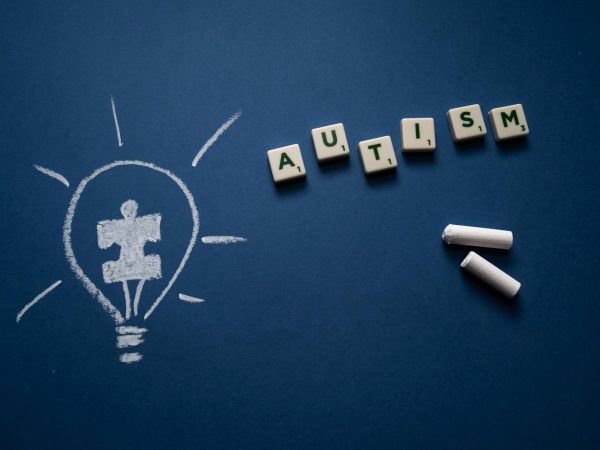eIDAS 2.0: Revolutionizing the Future of Digital Identity in the EU
eIDAS 2.0 is set to transform the digital identity landscape in the European Union, introducing groundbreaking changes that enhance security, interoperability, and user control. As the successor to the original eIDAS (Electronic Identification, Authentication, and Trust Services) regulation, this updated framework aims to establish a seamless, secure, and universally recognized digital identity ecosystem. For compliance officers, cybersecurity managers, and SaaS founders, understanding eIDAS 2.0 is critical—it will redefine how businesses verify identities, process transactions, and ensure regulatory adherence in the EU.
This article explores the key aspects of eIDAS 2.0, its implications for digital trust, and how organizations can prepare for its implementation.
What Is eIDAS 2.0?

The eIDAS 2.0 regulation is an evolution of the 2014 eIDAS framework, designed to address modern digital identity challenges. While the original regulation laid the foundation for electronic identification and trust services across the EU, eIDAS 2.0 expands its scope to include:
– European Digital Identity Wallets (EUDI Wallets) – A secure, portable way for citizens and businesses to store and share identity credentials.
– Enhanced Interoperability – Standardized digital identity solutions that work seamlessly across EU member states.
– Stronger Security & Privacy Controls – Incorporating advanced authentication methods like biometrics and decentralized identity models.
– Broader Use Cases – Extending beyond government services to include private-sector applications such as banking, healthcare, and e-commerce.
The goal is to create a unified digital identity framework that empowers users while ensuring compliance with stringent cybersecurity and data protection standards.
Key Changes Under eIDAS 2.0
1. The Introduction of European Digital Identity Wallets (EUDI Wallets)
One of the most significant advancements in eIDAS 2.0 is the mandatory issuance of European Digital Identity Wallets (EUDI Wallets) for all EU citizens and businesses. These wallets will allow users to:
– Store digital identity credentials (e.g., passports, driver’s licenses, diplomas).
– Securely authenticate for online services without relying on third-party providers.
– Share only necessary data (minimizing exposure via selective disclosure).
EUDI Wallets will be available via mobile apps, ensuring accessibility and convenience while maintaining high security.
2. Decentralized Identity & Enhanced Privacy
Unlike traditional identity systems, eIDAS 2.0 embraces Self-Sovereign Identity (SSI) principles, giving users full control over their personal data. Key features include:
– Zero-Knowledge Proofs (ZKPs) – Enabling verification without revealing underlying data.
– Blockchain & Distributed Ledger Technology (DLT) – Enhancing tamper-proof credential management.
– GDPR Alignment – Ensuring strict compliance with EU privacy laws.
This shift reduces reliance on centralized databases, minimizing breach risks and identity fraud.
3. Expanded Use Cases for Trust Services
The original eIDAS regulation focused primarily on public-sector applications. eIDAS 2.0 broadens its reach to include:
| Sector | Potential Applications |
|———————-|—————————————————-|
| Banking & Finance | Secure onboarding, KYC/AML compliance, transactions |
| Healthcare | Patient identity verification, e-prescriptions |
| E-Commerce | Age verification, fraud prevention |
| Government | Tax filings, voting, public benefits |
This expansion means businesses must integrate compliant identity solutions to operate seamlessly in the EU market.
4. Stricter Cybersecurity Requirements
eIDAS 2.0 raises the bar for security with:
1. Multi-Factor Authentication (MFA) – Mandatory for high-risk transactions.
2. Biometric Verification – Facial recognition or fingerprint scans for identity proofing.
3. Quantum-Resistant Cryptography – Future-proofing against emerging threats.
Organizations must adopt these measures to meet compliance standards and protect user data.
How Businesses Should Prepare for eIDAS 2.0
For compliance officers and cybersecurity teams, proactive adaptation is essential. Here’s a step-by-step approach:
1. Assess Current Identity Solutions – Determine if existing systems align with eIDAS 2.0 requirements.
2. Plan for EUDI Wallet Integration – Explore partnerships with certified wallet providers.
3. Strengthen Authentication Protocols – Implement MFA and biometric verification where needed.
4. Train Teams on New Regulations – Ensure staff understand compliance obligations.
5. Monitor Regulatory Updates – Stay informed on final eIDAS 2.0 adoption timelines.
SaaS founders should also consider how their platforms can support eIDAS 2.0-compliant logins and transactions to remain competitive.
Challenges & Considerations
While eIDAS 2.0 offers immense benefits, businesses may face hurdles such as:
– Implementation Costs – Upgrading systems to meet new standards requires investment.
– User Adoption – Encouraging customers to transition to digital wallets may take time.
– Cross-Border Complexity – Ensuring interoperability across EU member states.
Addressing these challenges early will streamline compliance efforts.
Conclusion: The Future of Digital Identity in the EU
eIDAS 2.0 represents a major leap forward in secure, user-centric digital identity. By introducing EUDI Wallets, decentralized identity models, and stricter security measures, the regulation sets a new benchmark for trust in the digital economy.
Key Takeaways:
– EUDI Wallets will become the standard for identity verification in the EU.
– Businesses must adopt stronger authentication and privacy controls.
– Early preparation ensures seamless compliance and competitive advantage.
For organizations operating in the EU, embracing eIDAS 2.0 isn’t just about compliance—it’s about future-proofing digital trust in an increasingly interconnected world.
Stay ahead by monitoring official updates and partnering with experts in digital identity solutions.



